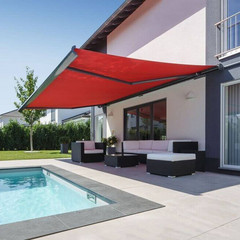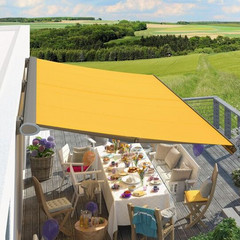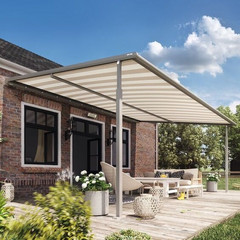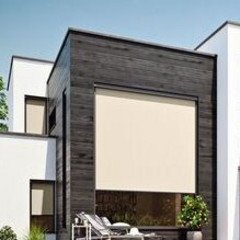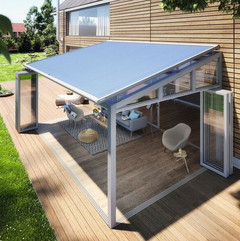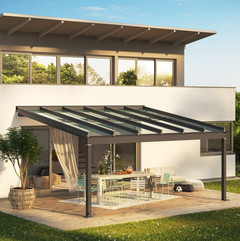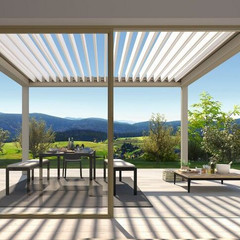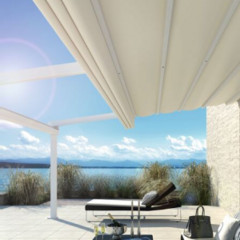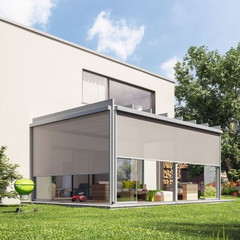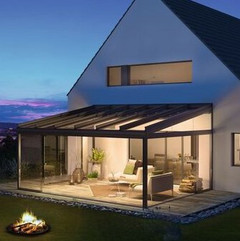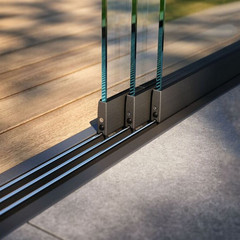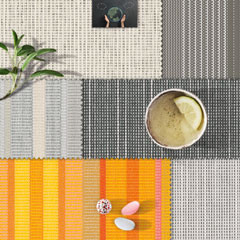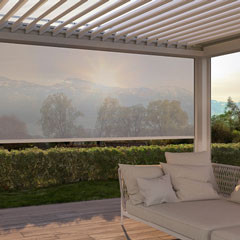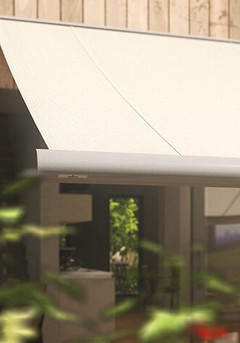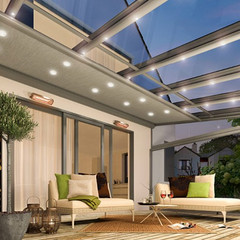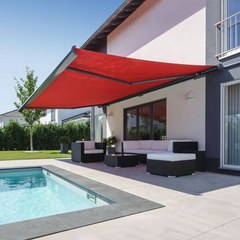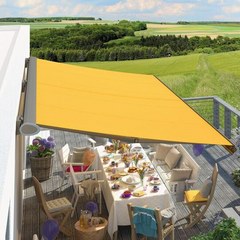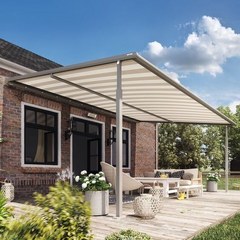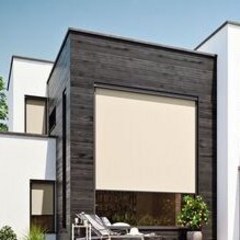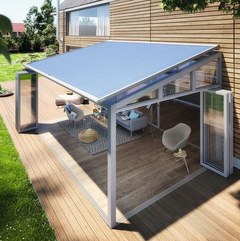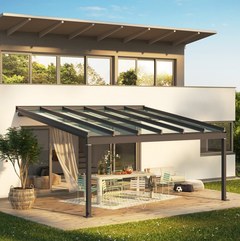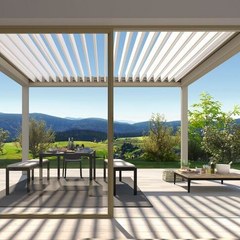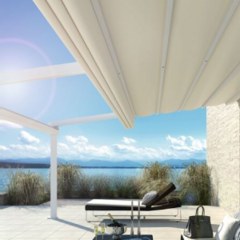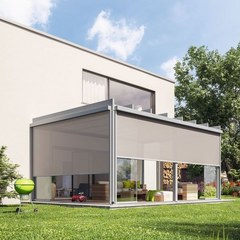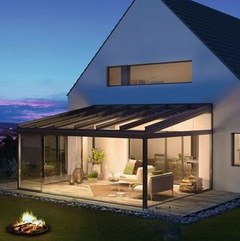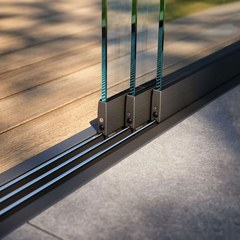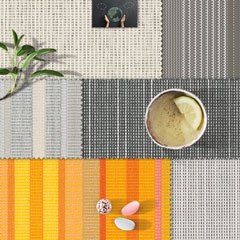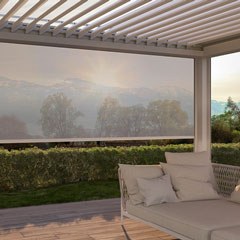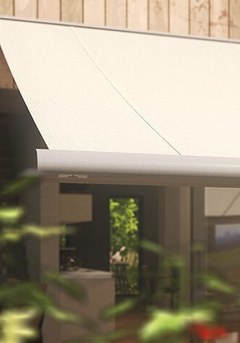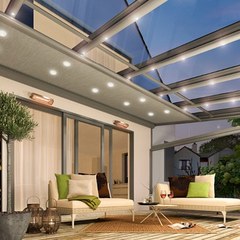The limits of manufacturing techniques
Over the past few years, weinor has succeeded in minimising fabric creasing. Nevertheless, not even the most meticulous production process can fully eliminate wrinkling and creasing. These do not detract from the quality of your awning in any way.
Awning fabrics' product characteristics
The primary function of an awning fabric is to protect against the sun. It casts a shadow and blocks out glaring light, UV rays and excessive heat. What's more, the shape and colour of the fabric also creates a pleasant atmosphere. No matter how modern, complex or careful the manufacturing processes are, it is not possible to completely rule out minor blemishes in engineered fabrics. For this reason, please understand that we cannot accept such "irregularities" as justified grounds for complaint.
The woven fabrics that we engineer meet stringent quality requirements and undergo extensive laboratory testing during the production process. Using recognised measurement methods, the grammage, maximum tensile strength, maximum tension force, tear propagation force, water pressure resistance, hydrophobicity, light fastness, weathering fastness, solar energy performance and other properties are subjected to rigid testing.
Creases
folds
folds
1. Creases
can form when the sun protection fabric is manufactured and folded. When folding a sun protection fabric, especially when it is a light colour, a dark stripe may become visible when held up against the light
2. Rippling near a seam
As a rule, awning fabrics are manufactured from units that are approx. 120 cm wide. When awning fabrics are sewn together, there are two layers in the seam and hem areas: an upper and a lower one. When the awning fabric is rolled up, tensions will occur between these two layers. Given the thickness of the fabric (approx. 0.5 mm), the upper unit has further to go than the lower one – a whole 3.14 mm per revolution. Over the entire length a fabric is rolled up, both the seams and the side hem become overstretched. This leads to the fabric sagging in this area – the fabric becomes wavy. This unavoidable effect does not impact the quality, function or service life of the fabrics.
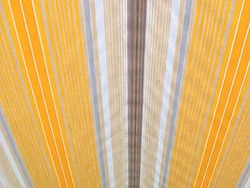
3. Effect of honeycombing
Awning fabrics are sewn in the direction that they hang to ensure that the tensile stress does not have an impact on the warp threads. These are woven tighter than wefts in order to accommodate the tensile force as best as possible. As a result, and depending on the weather conditions and fabric size, a honeycomb effect may arise. This effect is amplified in unfavourable lighting or humidity conditions – above all when the fabric is retracted when wet.
To ensure that any rainwater coming into contact with the fabric drains off, the fabric must be set at an angle of at least 14°. This prevents pooling and the emergence of dirt stripes. Honeycombing can extend as far as the centre of a panel. This effect has no negative impact on the quality, function or service life of the fabrics.
4. Visible fabric edges with blended yarns
The blended yarns in the weinor fabric collection are very popular due to their modern colour effects. Blended yarns is the term for a combination of colour-coordinated light and darker yarns that allow for the creation of attractive colour combinations. If the individual lanes of the blended yarn units are cut, depending on the pattern, fabric edges with several different colours may appear on the cut surface. The degree to which these are visible depends on the position of the cut edges in relation to the direction of the appropriate thread run. The visibility of the fabric edges is a phenomenon which is independent of the manufacturer and unavoidable. Therefore, there are no technical errors in such a case, which means complaints cannot be accepted. As a general rule, the degree of visibility is only minimal, however.
You can get further information in the brochure “Richtlinien zur Beurteilung von konfektionierten Markisentüchern” [Guidelines for evaluating sewn awning fabrics] from the Industrieverband Technische Textilien-Rollladen-Sonnenschutz e.V., Fliethstraße 67, D-41061 Mönchengladbach
weinor recommends
Awnings and conservatory awnings are sun protection devices which should be retracted when it is raining or windy. Fabrics that are allowed to become wet may show increased signs of creasing and wrinkling.
Find out more about the awning fabrics product characteristics.
Downloads

